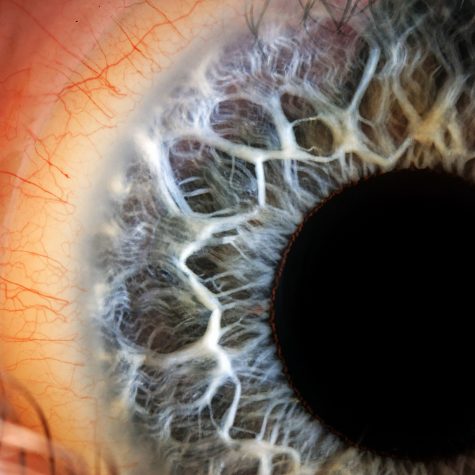Contact Lens
$19.00 – $400.00A contact lens, or simply contact, is a thin lens placed directly on the surface of the eye. Contact lenses are considered medical devices and can be worn to correct vision, or for cosmetic or therapeutic reasons.[1] In 2004, it was estimated that 125 million people worldwide use contact lenses, including 28 to 38 million in the United States.[2] In 2010, the worldwide market for contact lenses was estimated at $6.1 billion, while the US soft lens market was estimated at $2.1 billion.[3] Multiple analysts estimated that the global market for contact lenses would reach $11.7 billion by 2015.[3] As of 2010, the average age of contact lens wearers globally was 31 years old, and two-thirds of wearers were female.[4]












